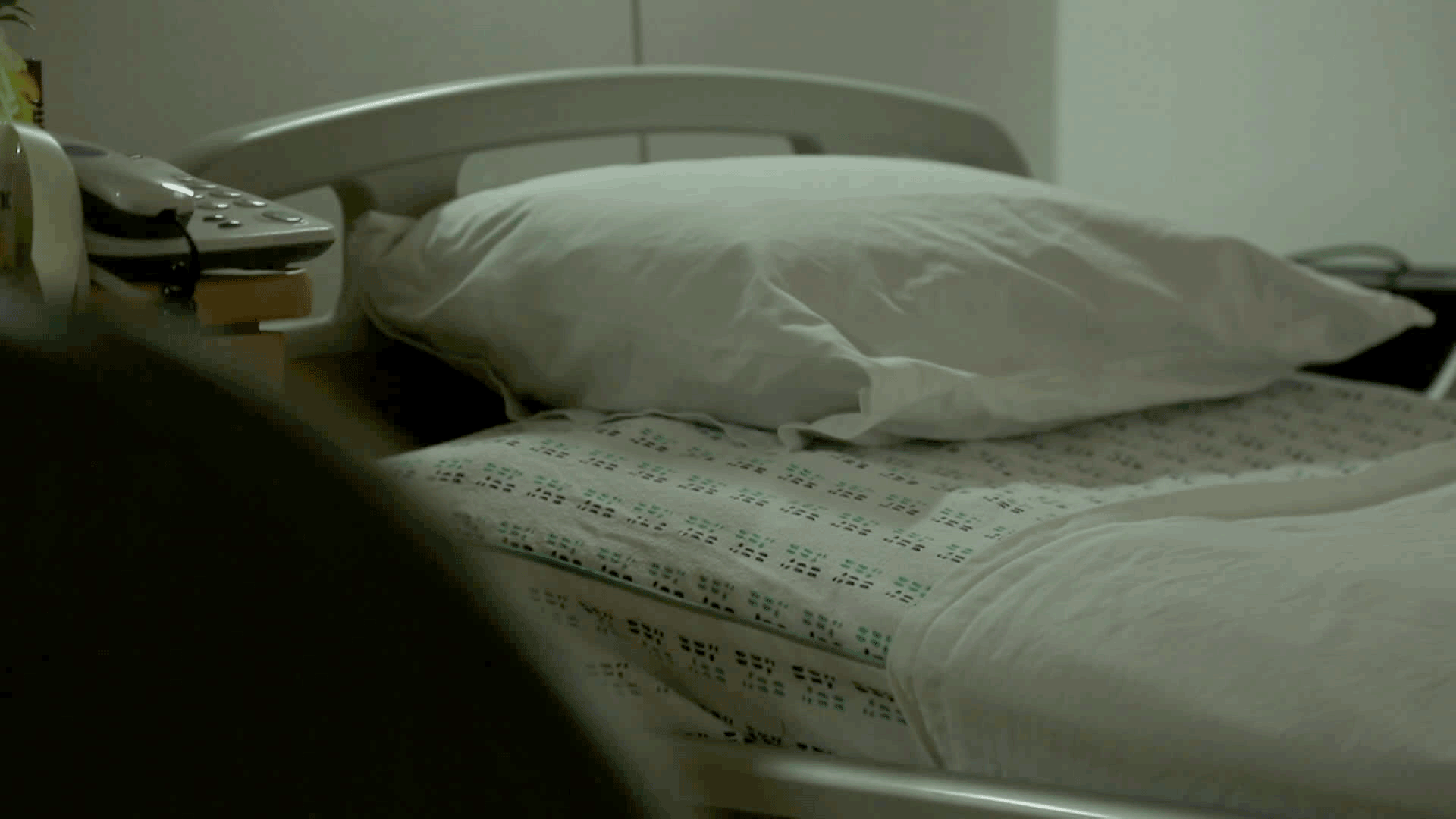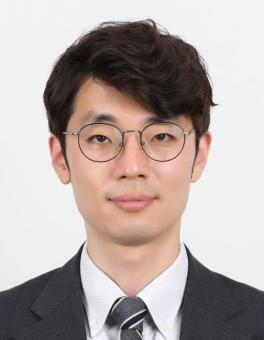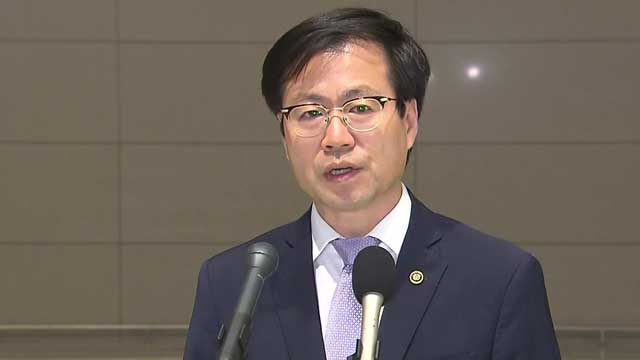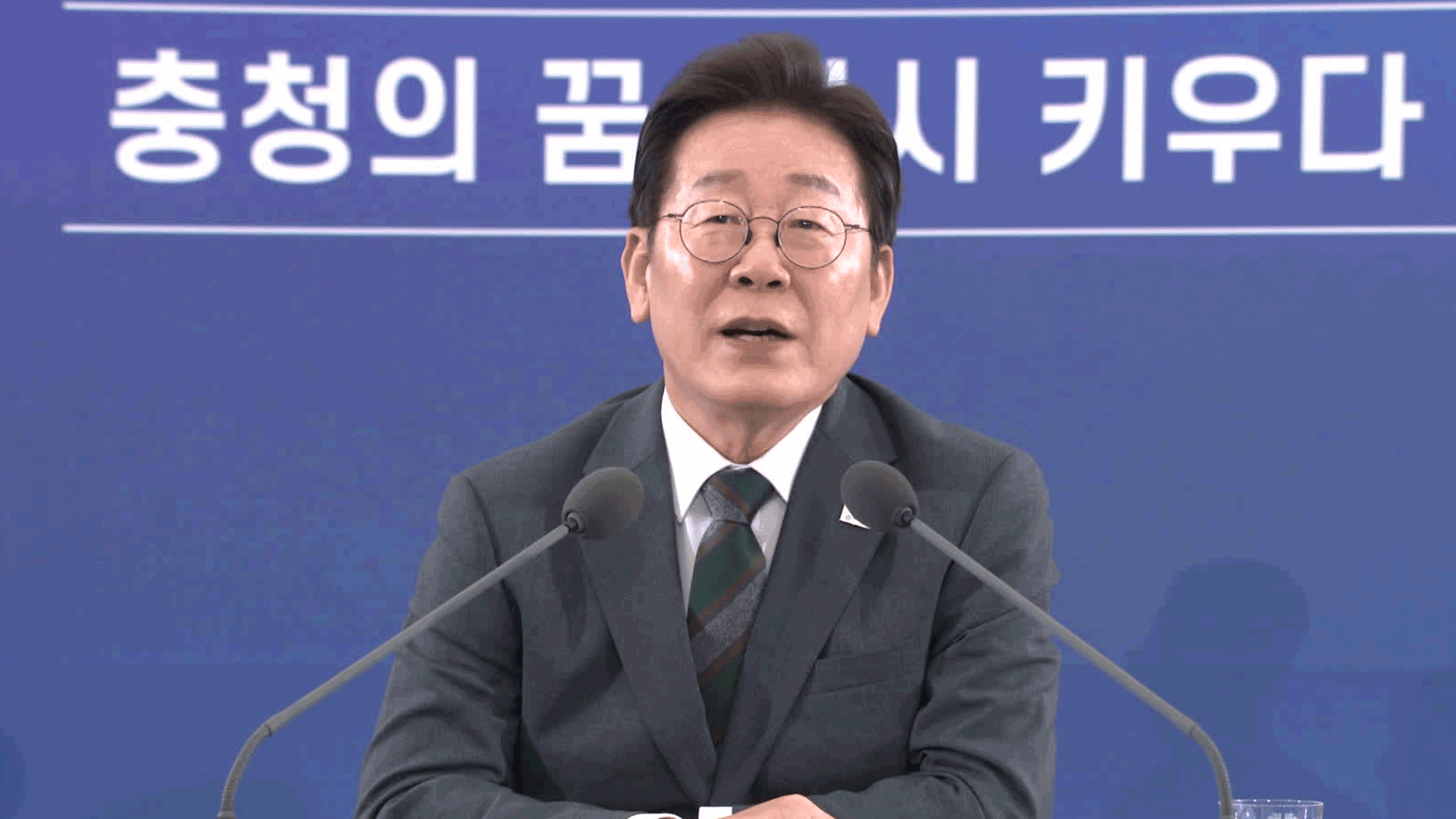[Anchor]
In our country, which is a super-aged society, three out of four elderly people end their lives in hospitals, whether they want to or not.
Since last August, it has become mandatory to install hospice rooms so that patients can spend their final moments comfortably with their families.
Hospitals with more than 300 beds and nursing hospitals must provide hospice rooms that are at least 10 square meters in size.
It has been almost a year since the mandatory installation of hospice rooms, but only 27 out of 47 advanced general hospitals nationwide have established them.
Moreover, even if there are hospice rooms, families of patients are often reluctant to use them.
Reporter Hong Seong-hee investigated the reasons behind this.
[Report]
A hospice room in a university hospital.
The father, who was in the terminal stage of liver cancer, spent his last three days here after being moved from an 8-person ward.
They listened to his favorite songs together, and in a single room, they had the freedom to meet and say goodbye to acquaintances.
[Family member (son): "There were two of us. (My father) briefly regained consciousness and left a message in the family chat room saying, 'I was moved here, it's really nice.'"]
The daily usage fee is only 80,000 won, which is one-fifth of the single room admission fee at large hospitals.
The medical staff worked diligently to reduce the father's pain and cared for him until the end.
[Family member (son): "There are those kinds of care (nurturing) as a human being. I think he was able to lie down beautifully until the very end."]
Although it has been almost a year since the installation of hospice rooms became mandatory, the installation rate in advanced general hospitals remains at 57%. (Data provided by Nam In-soon, Democratic Party of Korea lawmaker)
Hospitals feel burdened by space remodeling and staffing, claiming that profitability is low.
Even if there is a hospice room in the hospital where the patient is admitted, families are reluctant to use it.
In May, there were no patients using the hospice room at Seoul National University Hospital, and only one at Korea University Guro Hospital and Ewha Womans University Mokdong Hospital.
If the patient was receiving life-sustaining treatment, it is difficult to move them to the hospice room after removing the devices, and families still feel guilt about it.
[Han Eun-jung/Nurse Manager at Catholic University Incheon St. Mary’s Hospital: "Some people worry that no treatment will take place in the hospice room, but that is absolutely not the case. If we provide sufficient awareness that 'the medical staff will be nearby'..."]
It is difficult to predict how long the dying process will take, but the use of hospice rooms is limited to three days.
This is KBS News, Hong Seong-hee.
In our country, which is a super-aged society, three out of four elderly people end their lives in hospitals, whether they want to or not.
Since last August, it has become mandatory to install hospice rooms so that patients can spend their final moments comfortably with their families.
Hospitals with more than 300 beds and nursing hospitals must provide hospice rooms that are at least 10 square meters in size.
It has been almost a year since the mandatory installation of hospice rooms, but only 27 out of 47 advanced general hospitals nationwide have established them.
Moreover, even if there are hospice rooms, families of patients are often reluctant to use them.
Reporter Hong Seong-hee investigated the reasons behind this.
[Report]
A hospice room in a university hospital.
The father, who was in the terminal stage of liver cancer, spent his last three days here after being moved from an 8-person ward.
They listened to his favorite songs together, and in a single room, they had the freedom to meet and say goodbye to acquaintances.
[Family member (son): "There were two of us. (My father) briefly regained consciousness and left a message in the family chat room saying, 'I was moved here, it's really nice.'"]
The daily usage fee is only 80,000 won, which is one-fifth of the single room admission fee at large hospitals.
The medical staff worked diligently to reduce the father's pain and cared for him until the end.
[Family member (son): "There are those kinds of care (nurturing) as a human being. I think he was able to lie down beautifully until the very end."]
Although it has been almost a year since the installation of hospice rooms became mandatory, the installation rate in advanced general hospitals remains at 57%. (Data provided by Nam In-soon, Democratic Party of Korea lawmaker)
Hospitals feel burdened by space remodeling and staffing, claiming that profitability is low.
Even if there is a hospice room in the hospital where the patient is admitted, families are reluctant to use it.
In May, there were no patients using the hospice room at Seoul National University Hospital, and only one at Korea University Guro Hospital and Ewha Womans University Mokdong Hospital.
If the patient was receiving life-sustaining treatment, it is difficult to move them to the hospice room after removing the devices, and families still feel guilt about it.
[Han Eun-jung/Nurse Manager at Catholic University Incheon St. Mary’s Hospital: "Some people worry that no treatment will take place in the hospice room, but that is absolutely not the case. If we provide sufficient awareness that 'the medical staff will be nearby'..."]
It is difficult to predict how long the dying process will take, but the use of hospice rooms is limited to three days.
This is KBS News, Hong Seong-hee.
■ 제보하기
▷ 카카오톡 : 'KBS제보' 검색, 채널 추가
▷ 전화 : 02-781-1234, 4444
▷ 이메일 : kbs1234@kbs.co.kr
▷ 유튜브, 네이버, 카카오에서도 KBS뉴스를 구독해주세요!
- Neglected end-of-life rooms
-
- 입력 2025-07-05 03:16:50

[Anchor]
In our country, which is a super-aged society, three out of four elderly people end their lives in hospitals, whether they want to or not.
Since last August, it has become mandatory to install hospice rooms so that patients can spend their final moments comfortably with their families.
Hospitals with more than 300 beds and nursing hospitals must provide hospice rooms that are at least 10 square meters in size.
It has been almost a year since the mandatory installation of hospice rooms, but only 27 out of 47 advanced general hospitals nationwide have established them.
Moreover, even if there are hospice rooms, families of patients are often reluctant to use them.
Reporter Hong Seong-hee investigated the reasons behind this.
[Report]
A hospice room in a university hospital.
The father, who was in the terminal stage of liver cancer, spent his last three days here after being moved from an 8-person ward.
They listened to his favorite songs together, and in a single room, they had the freedom to meet and say goodbye to acquaintances.
[Family member (son): "There were two of us. (My father) briefly regained consciousness and left a message in the family chat room saying, 'I was moved here, it's really nice.'"]
The daily usage fee is only 80,000 won, which is one-fifth of the single room admission fee at large hospitals.
The medical staff worked diligently to reduce the father's pain and cared for him until the end.
[Family member (son): "There are those kinds of care (nurturing) as a human being. I think he was able to lie down beautifully until the very end."]
Although it has been almost a year since the installation of hospice rooms became mandatory, the installation rate in advanced general hospitals remains at 57%. (Data provided by Nam In-soon, Democratic Party of Korea lawmaker)
Hospitals feel burdened by space remodeling and staffing, claiming that profitability is low.
Even if there is a hospice room in the hospital where the patient is admitted, families are reluctant to use it.
In May, there were no patients using the hospice room at Seoul National University Hospital, and only one at Korea University Guro Hospital and Ewha Womans University Mokdong Hospital.
If the patient was receiving life-sustaining treatment, it is difficult to move them to the hospice room after removing the devices, and families still feel guilt about it.
[Han Eun-jung/Nurse Manager at Catholic University Incheon St. Mary’s Hospital: "Some people worry that no treatment will take place in the hospice room, but that is absolutely not the case. If we provide sufficient awareness that 'the medical staff will be nearby'..."]
It is difficult to predict how long the dying process will take, but the use of hospice rooms is limited to three days.
This is KBS News, Hong Seong-hee.
In our country, which is a super-aged society, three out of four elderly people end their lives in hospitals, whether they want to or not.
Since last August, it has become mandatory to install hospice rooms so that patients can spend their final moments comfortably with their families.
Hospitals with more than 300 beds and nursing hospitals must provide hospice rooms that are at least 10 square meters in size.
It has been almost a year since the mandatory installation of hospice rooms, but only 27 out of 47 advanced general hospitals nationwide have established them.
Moreover, even if there are hospice rooms, families of patients are often reluctant to use them.
Reporter Hong Seong-hee investigated the reasons behind this.
[Report]
A hospice room in a university hospital.
The father, who was in the terminal stage of liver cancer, spent his last three days here after being moved from an 8-person ward.
They listened to his favorite songs together, and in a single room, they had the freedom to meet and say goodbye to acquaintances.
[Family member (son): "There were two of us. (My father) briefly regained consciousness and left a message in the family chat room saying, 'I was moved here, it's really nice.'"]
The daily usage fee is only 80,000 won, which is one-fifth of the single room admission fee at large hospitals.
The medical staff worked diligently to reduce the father's pain and cared for him until the end.
[Family member (son): "There are those kinds of care (nurturing) as a human being. I think he was able to lie down beautifully until the very end."]
Although it has been almost a year since the installation of hospice rooms became mandatory, the installation rate in advanced general hospitals remains at 57%. (Data provided by Nam In-soon, Democratic Party of Korea lawmaker)
Hospitals feel burdened by space remodeling and staffing, claiming that profitability is low.
Even if there is a hospice room in the hospital where the patient is admitted, families are reluctant to use it.
In May, there were no patients using the hospice room at Seoul National University Hospital, and only one at Korea University Guro Hospital and Ewha Womans University Mokdong Hospital.
If the patient was receiving life-sustaining treatment, it is difficult to move them to the hospice room after removing the devices, and families still feel guilt about it.
[Han Eun-jung/Nurse Manager at Catholic University Incheon St. Mary’s Hospital: "Some people worry that no treatment will take place in the hospice room, but that is absolutely not the case. If we provide sufficient awareness that 'the medical staff will be nearby'..."]
It is difficult to predict how long the dying process will take, but the use of hospice rooms is limited to three days.
This is KBS News, Hong Seong-hee.
-
-

홍성희 기자 bombom@kbs.co.kr
홍성희 기자의 기사 모음
-
이 기사가 좋으셨다면
-
좋아요
0
-
응원해요
0
-
후속 원해요
0










![[속보] 윤 전 대통령 서울고검 청사 도착…내란 특검<br> 2차 조사 출석](/data/layer/904/2025/07/20250705_xXCovj.jpg)




이 기사에 대한 의견을 남겨주세요.